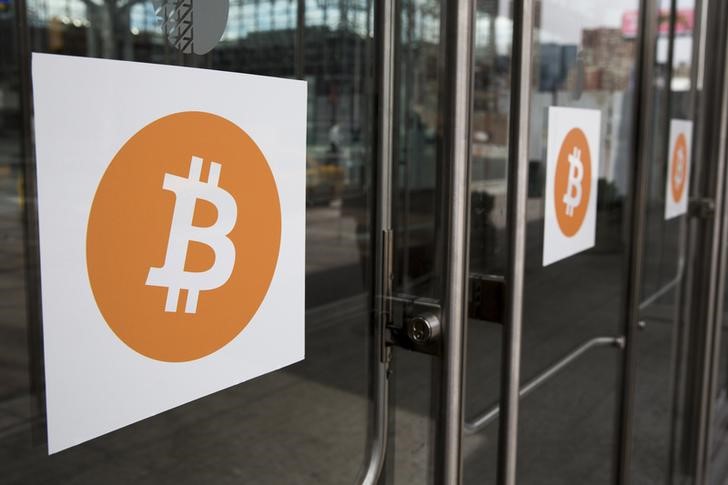Photo by Kanchanara on Unsplash
This post contains sponsored advertising content. This content is for informational purposes only and is not intended to be investing advice.
Following years of incredible growth, some of the top cryptocurrencies in the world are now bleeding.
The value of Bitcoin (CRYPTO: BTC) dropped over 40%, Ether (CRYPTO: ETH) fell over 50% and Solana (CRYPTO: SOL) declined 75% since the start of the year, reflecting a drawdown that extends to economies across the world.
In times like these, investors will question their long-term holdings, and many will outright abandon them. There’s perhaps nothing more cyclical than the panic and fear that down markets create. Seasoned investors who have learned this cycle well and know that, while drawdowns elicit caution, there can still be great opportunities brimming if a bull market returns.
Companies that survive the drawdown period, and build through it, could end up the next generational winners, and investors who correctly choose the next generation’s winners during bearish downturns could reap incredible rewards. That’s what William O’Neil’s famous book ”How To Trade Stocks” is all about.
For crypto companies like Bluesky Digital Assets Corp. (CNSX: BTC) (OTC: BTCWF), Marathon Digital Holdings Inc. (NASDAQ: MARA) and Riot Blockchain Inc. (NASDAQ: RIOT), the mining initiatives they undertake throughout this drawdown may become the springboards through which they ride the next bull market.
Here are three reasons cryptocurrency mining is still relevant in 2022 (and maybe beyond).
No. 1: A Cryptocurrency Necessity Many of the blockchain networks that govern cryptocurrencies cannot function without miners.
Miners often play an essential auditing role in the blockchain infrastructure, ensuring that each cryptocurrency transaction is legitimate and that no double-spending occurs. As the guardians of the distributed ledger, they ensure that peer-to-peer transactions can occur without the threat of fraud or the need for a central authority. In exchange for this service, miners are rewarded with cryptocurrency.
The essential nature of miners in a blockchain network coincides with data that shows it’s only getting harder for new blocks to be forged on popular blockchain networks. The latest data from the Cambridge Centre for Alternative Finance (CCAF) shows the amount of computation power dedicated to mining on the Bitcoin network reached 248 exahashes per second in February. Similarly, the Ethereum network posted 1,103 terahashes per second hashrate, while the figure had been 613 terahashes last year.
These figures have continued to rise despite the presence of a bear market in the cryptocurrency field. Once the dust settles, competition for mining may increase again.
No. 2: NFTs, Web3, DeFi Many discounting the relevancy of cryptocurrency mining forget that it plays a critical role in one of the largest trends in the world: Web3.
Labeled as the next iteration of the internet, Web 3 is a worldwide movement aimed at combating the manipulation of user data by central entities and putting both power and money back in the hands of the internet user.
The movement inspired the launch of multibillion-dollar funds — most recently from Andreessen Horowitz, which injected $4.5 billion into its crypto fund — and hundreds of Web3 businesses that aim to revolutionize the internet. At the core of this ideal is a digital infrastructure built on tokenomics and blockchain technology.
Without miners validating the transactions on some of these networks, they cannot function.
No. 3: The Transition To PoS And The Return To Normalcy Cryptocurrencies have received major criticism for their energy expenditures and carbon footprints.
According to Digiomist, the Bitcoin network alone uses 204.50 terawatts of electricity per year, which compares to the annual power consumption of Thailand. The network also emits 114.06 megatons of carbon dioxide — comparable to the carbon footprint of the Netherlands — and produces 35.51 kilotons of electronic waste.
The electric energy it takes to power a single Bitcoin transaction is equivalent to an average U.S. household’s electric consumption over 73 days.
The current sustainability issues of the Bitcoin network stem from its Proof of Work consensus mechanism, which pits the network’s miners against one another and rewards only the miner who validates the transaction quickest. The result is arguably a lot of unnecessarily expended energy.
Blockchain enthusiasts — and miners themselves — have played a large role in placing public pressure on the operators of popular blockchain networks like Ethereum to transition to a Proof of Stake consensus mechanism. In this process, miners who stake cryptocurrency join a unique pool of users who will be randomly chosen by the network to complete the validation process.
Consensus mechanisms are ever-evolving processes, and miners are central to that story.
This post contains sponsored advertising content. This content is for informational purposes only and is not intended to be investing advice.
© 2022 Benzinga.com. Benzinga does not provide investment advice. All rights reserved.
